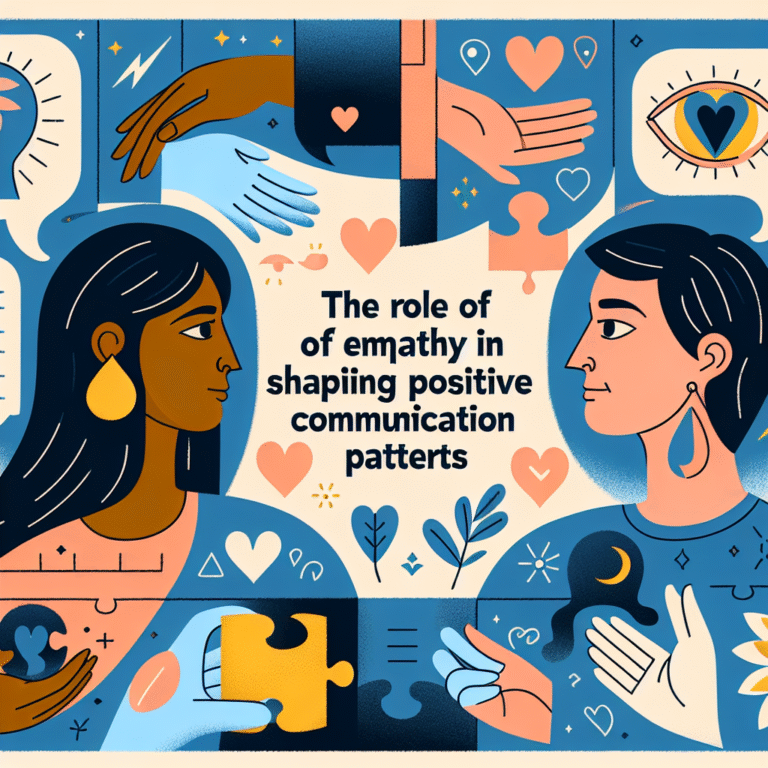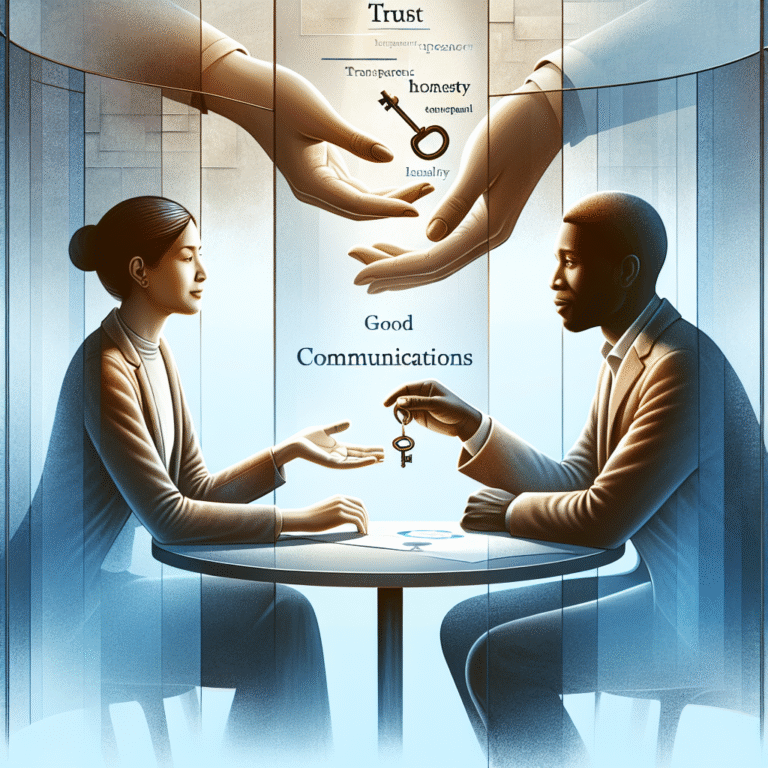
Introduction
Imagine waking up every day feeling trapped in a relationship that leaves you emotionally drained and disconnected from your true self. This scenario is a reality for many individuals caught in the cycle of codependency. Breaking Free: Understanding and Overcoming Codependency in Relationships is not just a concept; it’s a pivotal journey towards reclaiming your identity and emotional well-being. As we explore this crucial topic, we’ll uncover the signs of codependency, how it affects relationships, and actionable strategies to break free from its grasp.
What is Codependency?
Defining Codependency
Codependency originated in the context of addiction treatment but has evolved to describe a behavioral condition in which one person excessively relies on another for emotional support, validation, and identity. This often results in unbalanced relationships where one partner consistently sacrifices their needs for the other, leading to emotional, mental, and, at times, physical complications.
Signs of Codependency
Recognizing the signs is the first step towards Breaking Free: Understanding and Overcoming Codependency in Relationships. Here are some common indicators:
| Signs of Codependency | Description |
|---|---|
| Excessive People-Pleasing | Frequently putting others’ needs above your own, even at your own expense. |
| Fear of Abandonment | An overwhelming fear of being abandoned or rejected by loved ones. |
| Low Self-Esteem | Relying on others for self-worth and validation. |
| Difficulty Setting Boundaries | Struggling to say no or maintain personal boundaries. |
| Neglecting Personal Needs | Ignoring personal interests, desires, and hobbies to prioritize the partner. |
The Impact of Codependency on Relationships
Emotional Consequences
Codependency can lead to a multitude of emotional issues, including anxiety, depression, and feelings of worthlessness. When one partner’s emotional needs are dependent on another, it creates a cycle of resentment and frustration. As showcased in the following case study, the emotional toll can be profound.
Case Study: Sarah and Tom
Sarah met Tom in college, and their relationship quickly flourished. However, Sarah began neglecting her friendships and interests to support Tom’s ambitions. Over time, she became anxious when Tom spent time alone or with friends. The imbalance led to Sarah feeling trapped and unfulfilled.
Analysis: This case exemplifies how codependency can warp an individual’s sense of self and happiness. Identifying these emotions is crucial in understanding the need for change.
Behavioral Impact
Beyond emotional consequences, codependency manifests in problematic behaviors. These behaviors can escalate conflict and create a cycle of strife.
Case Study: Mark and Lisa
Mark constantly found himself in conflict with his partner, Lisa, due to his inability to set boundaries. He often felt obligated to help her with everything, from her career to personal problems. This codependent behavior led to recurring arguments and ultimately strained their relationship.
Analysis: Mark’s story illustrates how codependent behaviors can spark ongoing conflict, indicating the detrimental cycle of reliance.
Breaking Free: Steps Toward Recovery
1. Acknowledge the Issue
The first step to Breaking Free: Understanding and Overcoming Codependency in Relationships is acknowledging the problem. Reflection and honesty about your feelings and behaviors can create awareness.
2. Establish Boundaries
Learning to set and communicate boundaries is vital. Healthy boundaries help define what is acceptable and what is not, allowing both partners to thrive.
| Boundary Type | Description |
|---|---|
| Emotional Boundaries | Protect your feelings and emotional space. |
| Physical Boundaries | Create personal space where necessary. |
| Time Boundaries | Reserve time for personal interests and self-care. |
3. Focus on Self-Care
Invest time in personal interests and hobbies. Focusing on self-care can enhance one’s self-worth, helping to diminish codependent tendencies.
4. Seek Professional Help
Therapy or counseling can be instrumental in addressing codependency. Professional guidance leads to personalized strategies and accountability.
Real-Life Examples of Healing
Case Study: Emily’s Journey
Emily recognized her codependent patterns after years of relying on her partner for validation. Through therapy and group support, she learned to value herself independently. After crafting her personal goals, Emily started a blog focused on self-discovery, helping others in similar situations.
Analysis: Emily’s transformation emphasizes the importance of self-work and support. Her journey showcases that healing is both possible and powerful.
Case Study: Josh and Anna
Josh and Anna, a couple plagued by codependency, decided to attend couples therapy. They learned effective communication skills and how to support each other without losing their identities. Over time, they rebuilt their relationship on mutual respect and independence.
Analysis: Josh and Anna’s story is a strong testament to the power of communication and professional intervention in breaking free from codependent patterns.
Creating Healthy Relationships
The Power of Communication
Establishing open lines of communication is essential in any relationship. Honesty fosters a deeper connection, reducing the likelihood of misunderstandings.
Mutual Support
Healthy relationships thrive on mutual support rather than dependence. Reassessing support dynamics can reinforce individuality while still being there for one another.
Conclusion
Breaking Free: Understanding and Overcoming Codependency in Relationships is a vital journey toward healing and self-discovery. By recognizing the signs, implementing boundaries, and nurturing yourself, you can escape the cycle of codependency. Remember, these steps may take time, but every effort brings you closer to the fulfilling relationships you deserve.
Embrace the journey towards a more authentic life filled with healthy connections. Your happiness is anchored in your ability to love yourself independently before sharing that love with others.
FAQs
1. What is the first step in overcoming codependency?
Acknowledge that you exhibit codependent behaviors. Self-awareness is crucial in initiating the healing process.
2. Can codependency happen in friendships?
Absolutely! Codependency can manifest in any close relationship, including friendships and family dynamics.
3. Is it possible to recover from codependency alone?
While self-reflection can help, seeking professional help often enhances recovery, guiding you through the complexities of codependency.
4. How do I tell if I am in a codependent relationship?
Look out for signs like feeling responsible for your partner’s happiness or neglecting your own needs in favor of theirs.
5. Can codependency be beneficial in any way?
While codependency often leads to unhealthy dynamics, awareness of these patterns can motivate personal growth, ultimately fostering healthier relationships.
Incorporating these insights and practical tools into your life can pave the way for healthier relationships and personal well-being. Start your journey today!

















